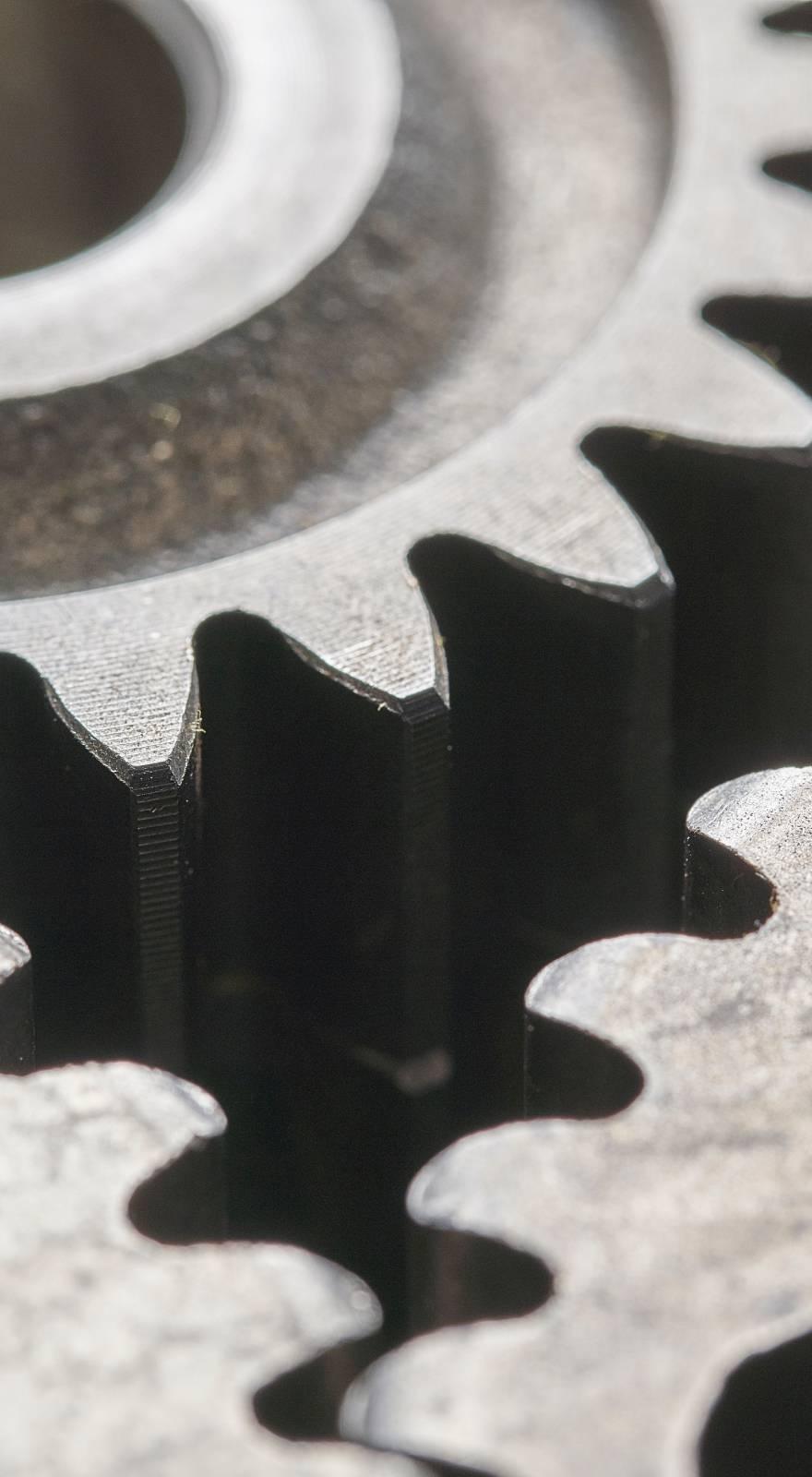Knowde Enhanced TDS
Identification & Functionality
- Chemical Family
- Polymer Name
- Technologies
- Product Families
Features & Benefits
- Materials Features
- Main Characteristics
- Resistance to high temperatures (more than 250ºC).
- Good chemical resistance.
- Good dimensional stability.
- Low coefficient of friction.
- Good resistance to abrasion.
- High creep resistant
- Inherent flame retardant
- Resistant to high energy radiation
- Great heat deflection temperature
- Hydrolysis and superheated steam resistant
Applications & Uses
- Applications
- Plastics & Elastomers End Uses
- Industry Applications
- Aircraft and aerospace technology
- Chemical technology
- Textile industry
- Automotive industry
- Mechanical engineering
Properties
- Color
- Flame Rating
- Mechanical Properties
- Thermal Properties
- Typical Properties
- Electrical Properties
- Miscellaneous Properties
- Properties
It burns hardly and if it does, the emission of smoke is low and with non-toxic products. It is resistant to almost all chemical agents, even at high temperatures and practically does not hydrolyze, even at 280ºC. It resists X, alpha and beta rays well, even at high temperatures (it is used in nuclear power plants). This material has a very low coefficient of thermal expansion (the lowest of the semi-crystalline thermoplastics). It has excellent electrical properties, which it maintains even after being exposed to high temperatures for a long time.
| Value | Units | Test Method / Conditions | |
| Modulus of Elasticity (1 mm/min) | 4100.0 | MPa | DIN EN ISO 527-2 |
| Tensile strength (50 mm/min) | 115.0 | MPa | DIN EN ISO 527-2 |
| Tensile Strength at Yield (50 mm/min) | 115.0 | MPa | DIN EN ISO 527-2 |
| Elongation At Yield (50 mm/min) | 5.0 | % | DIN EN ISO 527-2 |
| Elongation at Break (50 mm/min) | 14.0 | % | DIN EN ISO 527-2 |
| Flexural Strength (2 mm/min , 10 N) | 175.0 | MPa | DIN EN ISO 178 |
| Modulus Of Elasticity (Flex Test, 2 mm/min , 10 N) | 4100.0 | MPa | DIN EN ISO 178 |
| Compression Strength (1%, 5 mm/min , 10 N) | 23.0 | MPa | EN ISO 604 |
| Compression Strength (2%, 5 mm/min , 10 N) | 42.0 | MPa | EN ISO 604 |
| Compression Modulus (5 mm/min , 10 N) | 3400.0 | MPa | EN ISO 604 |
| Impact Strength (Charpy, max. 7.5j) | No break | Kj/m² | DIN EN ISO 179-1EU |
| Notched Impact Strength (Charpy, max. 7.5j) | 4.0 | Kj/m² | DIN EN ISO 179-1EU |
| Ball Indentation Hardness | 250.0 | MPa | ISO 2039-1 |
| Value | Units | Test Method / Conditions | |
| Glass Transition Temperature | 150.0 | ºC | DIN 53765 |
| Melting Temperature | 341.0 | ºC | DIN 53765 |
| Service Temperature (Short term) | 300.0 | ºC | — |
| Service Temperature (Long term) | 260.0 | ºC | — |
| Thermal Expansion (23 - 60 ºC long) | 5.0 | 10⁻⁵ K⁻¹ | DIN EN ISO 11359-1;2 |
| Thermal Expansion (23 - 100ºC long) | 5.0 | 10⁻⁵ K⁻¹ | DIN EN ISO 11359-1;2 |
| Specific Heat | 1.1 | J/(g+K) | ISO 22007-4:2008 |
| Thermal Conductivity | 0.27 | W/(K+m) | ISO 22007-4:2008 |
| Value | Units | Test Method / Conditions | |
| Density | 1.31 | g/cm³ | — |
| Value | Units | Test Method / Conditions | |
| Surface Resistance | 10¹⁴ | Ω | DIN IEC 60093 |
| Value | Units | Test Method / Conditions | |
| Water Absorption (24h, 23ºC) | 0.02 | % | DIN EN ISO 62 |
| Water Absorption (96h, 23ºC) | 0.03 | % | DIN EN ISO 62 |
| Resistance To Hot Mater / Bases | (+) | — | — |
| Flammability (UL94) | V0 | — | DIN IEC 60995-11-10 |
Regulatory & Compliance
Packaging & Availability
- Availability
Bars, tubes, plates and film.

